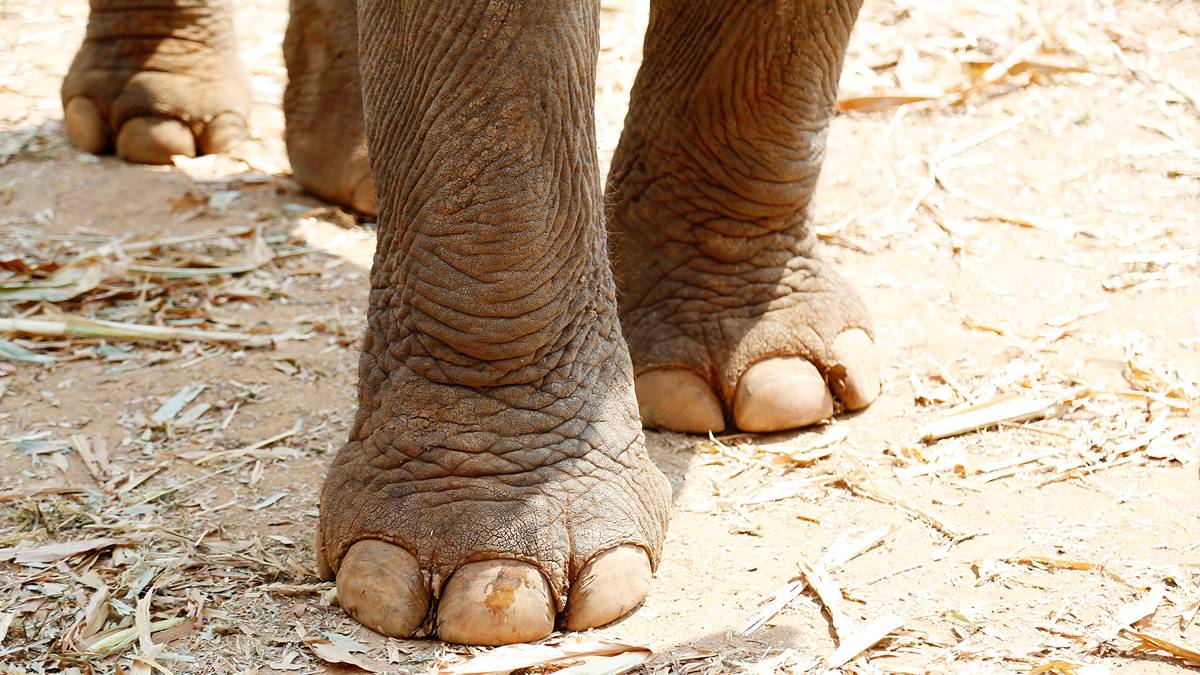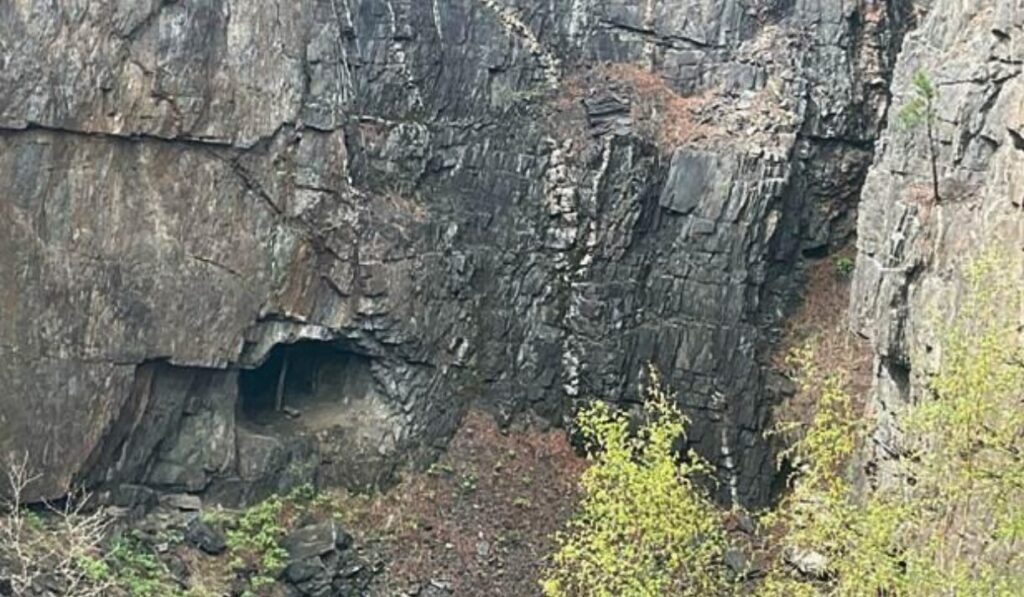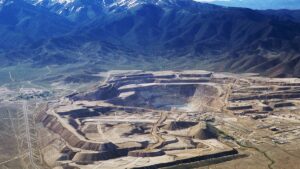Mammoth Minerals makes strong exploration moves at Bella gold project

Mammoth Minerals is moving ahead with purpose in its first round of exploration work at the Bella project. Pic: Getty Images
- Mammoth has launched a round of field-based exploration at the Bella project, centred on the historical Standby Mine
- Standby includes three open pits and one underground operation
- Pit wall sampling produced results of up to 12.2m at 46.62 g/t gold
Special Report: Strong gold results from pit wall and down-dip extensions sampling have drawn Mammoth Minerals’ attention to the Standby Mine, a historical working on the Bella gold project.
Mammoth Minerals (ASX:M79) has launched a combination of surface mapping, rock chip and channel sampling via ground teams on the Bella project tenure, looking to gain a deeper understanding of the geological controls and geometry of the gold mineralisation there.
The mine’s historical workings are concentred on an outcropping mineral position at the head of a southward plunging, structurally thickened and sheared Standby syncline.
M79 says there is a thickening unit of gold bearing iron formation thought to host higher concentrations of gold along the east limb of the geological structure in a 1.5km target zone.

‘All the hallmarks’ of a substantial gold system
Mammoth Minerals manging director Glenn Poole said the company was thrilled to begin its first round of field exploration across the project after completing the acquisition.
“Bella has all the hallmarks of a substantial gold mineralising system, being located just 20km from the globally recognised Homestake Mine, which produced ~42Moz gold in a district of ~85Moz gold, 110km of mapped banded iron formation, high-grade previous production and, more recently, multiple +100g/t gold rock chip samples at surface,” he said.
“What Bella lacks is modern, systematic exploration.”
More from M79: Mammoth hits the ground running at new US gold projects
Historical Standby gold mine
The Standby mine was operating in the late 1800s, about 26km south of the Homestake gold mine, with an accompanying 40-stamp mill.
Previous drilling and sampling on the project highlighted very high-grade gold in one of the mine’s pit walls, grading up to 12.2m at 46.64 g/t gold.
Similarly, drill testing of down-dip extensions of the Standby syncline produced results of up to 3.1m at 10.29 g/t gold from 730.9m of depth.
The exploration plan
Poole noted the company would begin with prospect mapping and sampling before moving to reprocess and – where necessary – acquire high-resolution magnetic and electromagnetic data to maximise drill targeting success.
“One of the keys to this strategy is the correlation between magnetic highs related to the thickening of banded iron formations and pyrrhotite associated gold, which provides an electromagnetic response,” he said.
“In simple terms, it means we can rapidly assess what is quite a large acreage and vector in on the areas with the best potential to host significant gold mineralisation.”
The company will leverage its understanding of the nearby Homestake Gold Mine to target F2 folds, which are known to host economical gold in the local region.
The signs are promising for the Bella project, which Mammoth believes holds multiple interpreted F2 folds within each of its seven Priority-1 target areas.
“We look forward to providing further updates as this exploration program advances, including the results of rock chip and channel sampling,” Poole said.
This article was developed in collaboration with Mammoth Minerals, a Stockhead advertiser at the time of publishing.
This article does not constitute financial product advice. You should consider obtaining independent advice before making any financial decisions.
Related Topics

UNLOCK INSIGHTS
Discover the untold stories of emerging ASX stocks.
Daily news and expert analysis, it's free to subscribe.
By proceeding, you confirm you understand that we handle personal information in accordance with our Privacy Policy.








